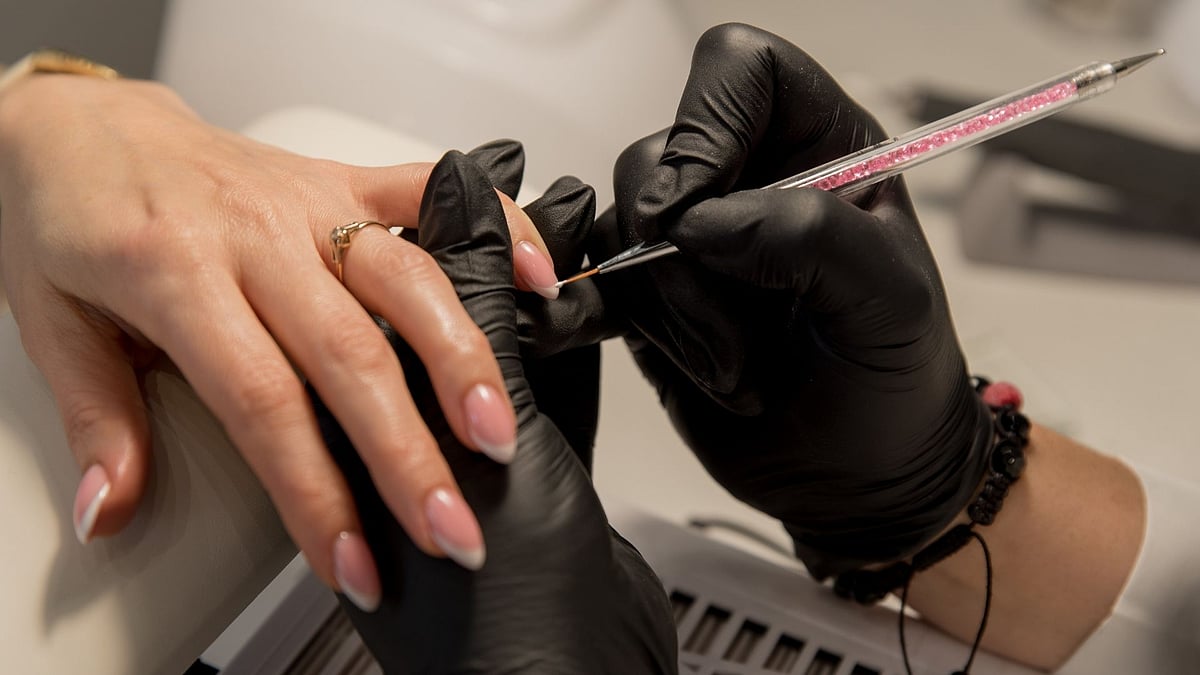Do you worry? Of course you do. Everyone worries about something or the other. But, as we get older and look back on our lives, many of us will think, "I wish I’d worried less." We come to recognize that worry isn’t worth what it can cost—tension, poor sleep, irritability, fatigue, problems concentrating, and general unhappiness. After all, most of what we worry about never happens.
Human beings have the amazing ability to mentally simulate future events: ‘thinking ahead’ means that we can anticipate obstacles or problems, and affords us the opportunity to plan effective compensatory actions. To the extent that it helps us to achieve our goals, ‘thinking ahead’ can be adaptive. Worrying is one form of thinking about the future. It has been defined as thinking about future events in a way that leaves you feeling anxious or apprehensive.
Excessive worry is a primary diagnostic feature of generalised anxiety disorder, but also is pervasive in other psychological disorders, like schizophrenia.
Most people experience short-lived periods of worry in their lives without incident; indeed, a mild amount of worrying have positive effects, if it prompts people to take precautions or avoid risky behaviors, but with excessive worrisome people they overestimate future dangers in their assessments and in its extremities tend to magnify the situation as a dead end which results stress.
Seriously anxious people find it difficult to control their worry and typically experience symptoms like restlessness, fatigue, difficulty in concentrating, irritability, muscle tension and sleep disturbance. Once you start worrying, it’s easy to get caught up in a cycle of anxious and automatic thoughts. If you don’t learn strategies for how to stop worrying, it can feel like you’ll be stuck with chronic worry forever.
Tips to control worrying
1. Practice mindfulness
2. Deep breath when you become anxious
3. Practice self-compassion by being less critical of yourself 4. Share your problems and fears with friends and family
5. Practice gratitude, that is, be grateful that you have the ability to calmly think through situations
6. Maintain consistent sleep schedule
7. Focus on what you can control
How Colour Therapy helps
Colour Therapy can bring a chemical balance in your body. That’s right, one can reduce the effect of worry by applying green colour below the central part of the left hand thumb nail. It works because colour psychology influences our moods and behaviour. Colour therapy stimulates various vibrations and emotions to enhance well-being and balance. Apply green colour dot about half-centimetre below the nail of the left hand thumb.













